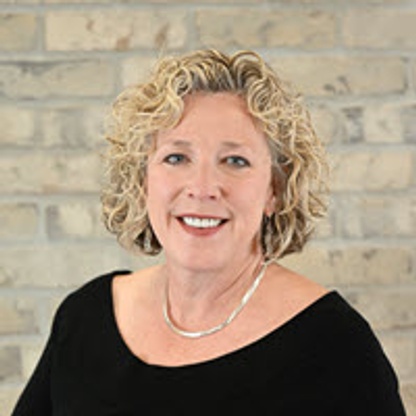
It's Not Brain Surgery
September 3, 2019Setting problem solvers up for success
Imagine you come across an article about how the world‐renowned Mayo Clinic is experimenting with a new program for surgeons' clinical training: a podcast. This "bold initiative" allows docs to listen to a 10‐week series of one‐hour podcasts and then release them to perform surgery.
Would you go under the knife at the hands of someone who spent as much time learning surgery as you did listening to Serial?
Though such a program is, thankfully, no such thing (but the Mayo Clinic does run a great podcast series), the pure horror the scenario likely struck in you is a good reminder that we recognize professionals such as surgeons, pilots, and nuclear power plant technicians need more training than a podcast. When the cost of failure is high — we invest in training.
Why don't we always feel this way about associates who are performing problem-solving in our organizations? Poorly trained problem solvers may not cost lives where we work, but the cost at the very least is frustration on the part of an associate who is tasked with improving a process with little training. Too often it's worse, developing into resentment on the part of the associates who are mired in a poorly organized continuous improvement event that likely is a symptom of a dysfunctional continuous improvement culture.
Rapid changes in digital technology have placed a renewed focus on creating learning organizations, ones that learn faster than their competitors. Creating this, however, requires investing in our associates. The companies that do so are better positioned to create an army of problem solvers, capable of tackling large technical challenges, medium‐sized value stream issues, or process snags close to where the work is done. But this starts with baby steps — and when a baby takes those first steps, we want them to be protected from those inevitable first falls. That's where a well‐designed educational program comes in.
The decision‐making process for finding that program starts much like the A3, which is founded on the question: "What is the problem you are trying to solve?" In this process, you should be asking, "What do I want my associates to be able to do?" If you merely want them to have general awareness of a concept, maybe a podcast is your solution. But if you want your associates to be able to create a Pareto Chart, a Fishbone Diagram, a value stream map (VSM), they need to practice. A lot. And practice in a setting where they can fail fast and learn from it.
MoreSteam's eLearning courses offer these opportunities to "learn by doing" in a no‐risk setting. For example, our online Yellow Belt course has 42 practice exercises, 11 dataset downloads, and 54 quiz questions. Another example is the new case study to practice SPC skills, "Chart Noir," recently introduced in our Green Belt and Black Belt courses. We build these activities into our courses because we believe practice is essential to maximize the impact of training and, ultimately, become proficient in a new skill or behavior.
For leaders guiding their problem solvers down the path of continuous improvement, we're getting ready to roll out a new course administrative tool that offers leading indicators on student progress. Stay tuned to learn more about the new features that support data‐driven coaching.
After all, our job as leaders is not to solve problems, but to create more problem solvers.

President • MoreSteam
Peg Pennington joined MoreSteam's executive team in 2018 and today leads all company operations as President. Previously, Peg was the Executive Director of the Center for Operational Excellence at The Ohio State University, where she helped shape the Master of Business Operational Excellence ('MBOE') program and strengthen standards for Lean Six Sigma certification. She serves on the board of directors for the Lean Enterprise Institute (LEI). A recognized voice in operational excellence, Peg speaks at over a dozen national conferences each year and leads product workshops.
Before joining MoreSteam, Peg was the Executive Director of the Center for Operational Excellence at The Ohio State University. Peg holds a bachelor’s degree in finance from Michigan State University and an MBA from the University of Dayton.





